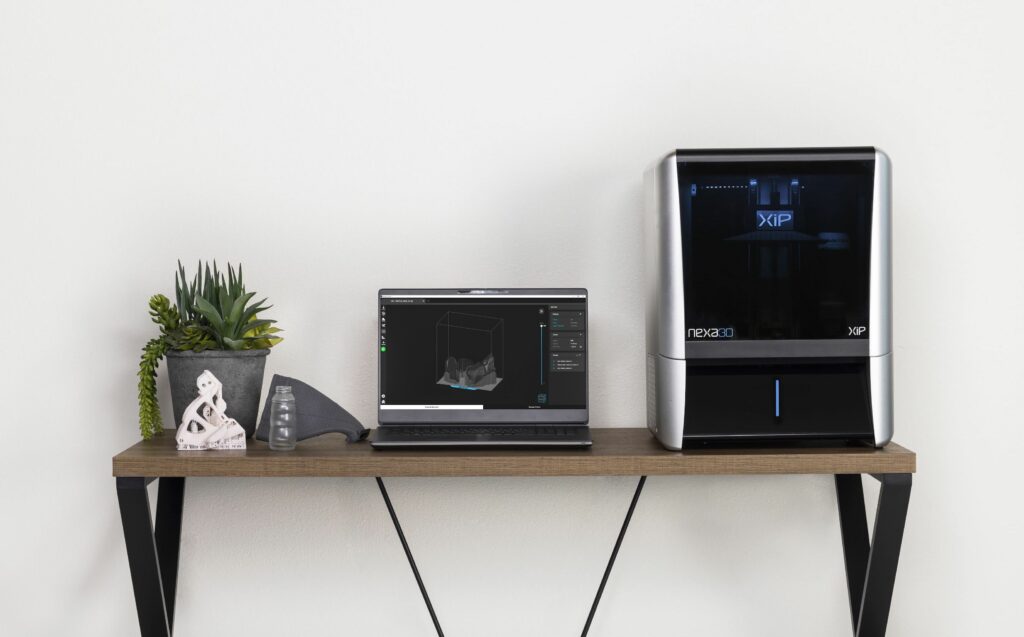Understanding the Distinction: Professional vs. Hobbyist 3D Printers

In the realm of 3D printing, choosing the right machine can be a pivotal decision for businesses and enthusiasts alike. The divide between professional-grade and hobbyist 3D printers goes beyond price tags; it encompasses a multitude of attributes that significantly impact the quality and capabilities of the final product. From precision and material diversity to build volume and support, each facet plays a crucial role in determining which machine aligns best with specific goals and industries. In this article, we delve into these key distinctions, providing invaluable insights for those seeking to make an informed choice in the dynamic world of additive manufacturing.
Precision and Accuracy
When it comes to 3D printing, precision and accuracy are paramount. The best professional 3D printers are engineered with high-precision components that ensure exacting detail in every print. This is essential for industries like aerospace, automotive, and healthcare, where intricate designs and exact measurements are non-negotiable. These printers employ advanced calibration systems, precise motion control, and industrial-grade materials to guarantee a level of accuracy that surpasses hobbyist models.
Amateur and hobbyist 3D printers, on the other hand, are generally designed for more casual applications. While they can produce impressive results, they may not possess the same level of precision as their professional counterparts. This distinction is particularly noticeable in complex geometries and fine details, where even slight discrepancies can lead to suboptimal results.
Material Diversity and Compatibility
Professional 3D printers offer a broader spectrum of compatible materials compared to their hobbyist counterparts. These machines are engineered to handle a wide range of industrial-grade materials, including specialized composites, high-temperature thermoplastics, and advanced metals. This versatility allows professionals to select materials that are tailored to specific project requirements, whether it be for functional prototypes, end-use parts, or specialized components.
Conversely, hobbyist 3D printers are generally designed to accommodate a limited selection of materials, often favoring more accessible and affordable options. While this may suffice for basic projects and prototyping, it falls short in industries where material selection is a critical factor in achieving desired results.
Build Volume and Scale
The size of the build volume is a crucial factor that distinguishes professional 3D printers from their hobbyist counterparts. Professionals often require larger build volumes to accommodate larger prototypes or production-scale parts. High-end industrial 3D printers can have build volumes that exceed several cubic feet, enabling the production of substantial components in a single print job.
Conversely, hobbyist 3D printers generally have smaller build volumes, limiting the size of objects they can produce. While this is adequate for most hobbyist projects and prototypes, it becomes a significant limitation when attempting to create larger, more complex objects.
With a professional-grade 3D printer boasting a generous build volume, one can fabricate large-scale prototypes of automotive components or intricately detailed architectural models. Conversely, a hobbyist-level printer with a smaller build volume is better suited for crafting intricate jewelry or producing compact electronic enclosures with precision and finesse.
Reliability and Consistency
Professional 3D printers are built with an emphasis on reliability and consistency. These machines are engineered to withstand continuous operation over extended periods without compromising on print quality. They incorporate robust components, advanced cooling systems, and sophisticated print monitoring features to minimize the likelihood of print failures or defects.
Hobbyist 3D printers, while capable of producing impressive results, may not be designed for prolonged, uninterrupted operation. They may require more frequent maintenance, and their components may be more susceptible to wear and tear over time. This can lead to inconsistencies in print quality, which may be acceptable for hobbyists but would be unacceptable in a professional setting.
Support and Service
The level of support and service offered by the manufacturer is a critical consideration for businesses selecting a 3D printer. Professional 3D printer manufacturers typically provide comprehensive support packages, including on-site training, dedicated customer service lines, and expedited replacement parts. This ensures minimal downtime and maximum productivity for businesses relying on these machines for critical operations.
Hobbyist 3D printer manufacturers may offer more limited support options, which can be sufficient for individual users or small-scale operations. However, for companies where downtime can have significant financial implications, the comprehensive support packages provided by professional 3D printer manufacturers are often an essential consideration.
In conclusion, the distinction between professional and hobbyist 3D printers lies in their precision, material compatibility, build volume, reliability, and the level of support offered. Understanding these differences is crucial for companies seeking to make an informed decision when selecting a 3D printer that aligns with their specific needs and objectives. By prioritizing these attributes, businesses can ensure that their investment in 3D printing technology yields the desired outcomes and contributes to their overall success.
